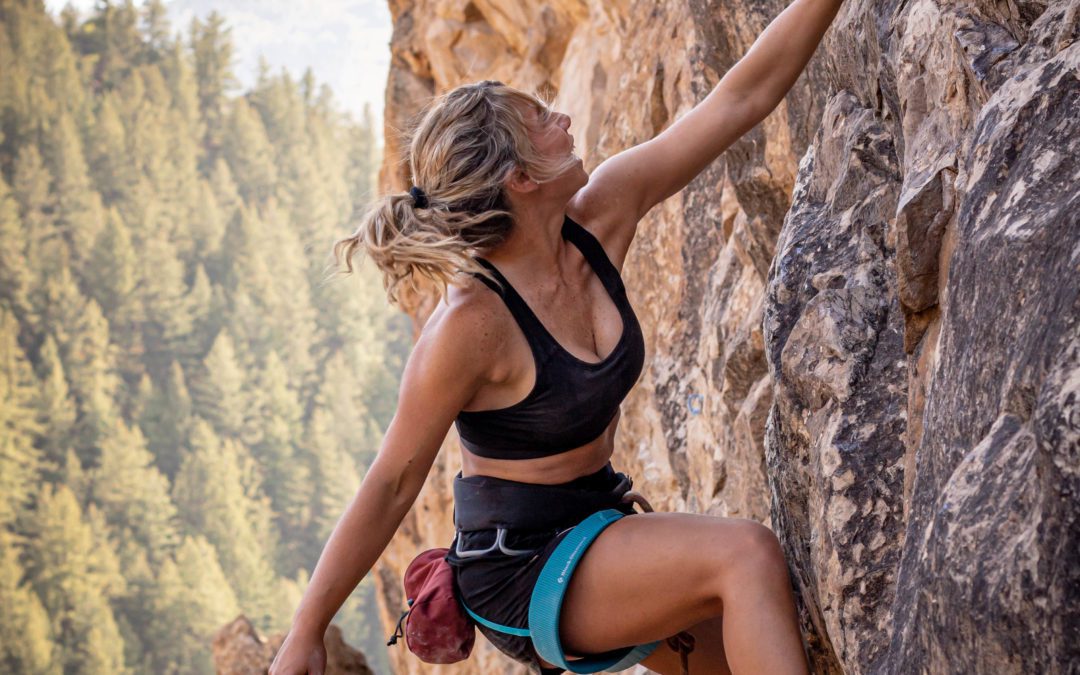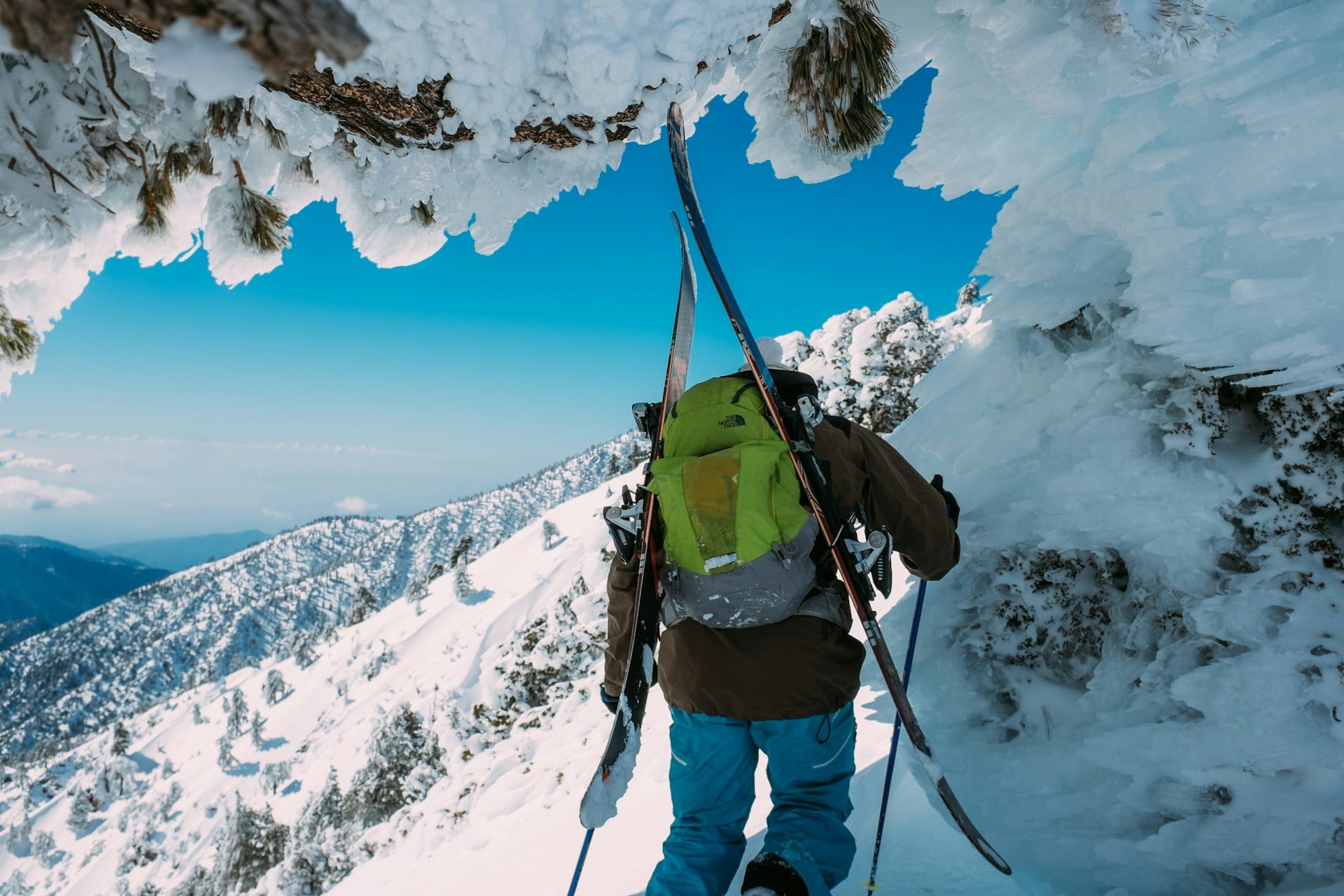Rock Climb More!
Practice on easy climbs, get comfortable and then take awesome pictures.
Rock climbing season has arrived! Whether you’re thinking about going rock climbing for the first time ever or you’re a hardcore boulderer pushing V8 there is one pitfall that even the most disciplined fall victim to. We all want to climb more challenging terrain and we can forget the hard work it takes to get there.
Climbing For The First Time
When newer climbers go to a crag (climbing area) or climbing gym for the first time they usually start with a very easy route. This one climb teaches them the concept of using their hands and feet to complete a specific line. The next step in the new climber’s journey is the discovery of grades that apply to the climb they just completed. Grades could be based on the Yosemite Decimal Scale (YDS), V-Scale or just different color holds in the gym. The climbers’ next thoughts are usually “Well, that route was easy, I should try a harder route.” Soon they are flailing on a climb well above their pay grade. They make little progress in learning to climb but successfully tire their forearms to the point where they can barely grab the steering wheel to drive home.
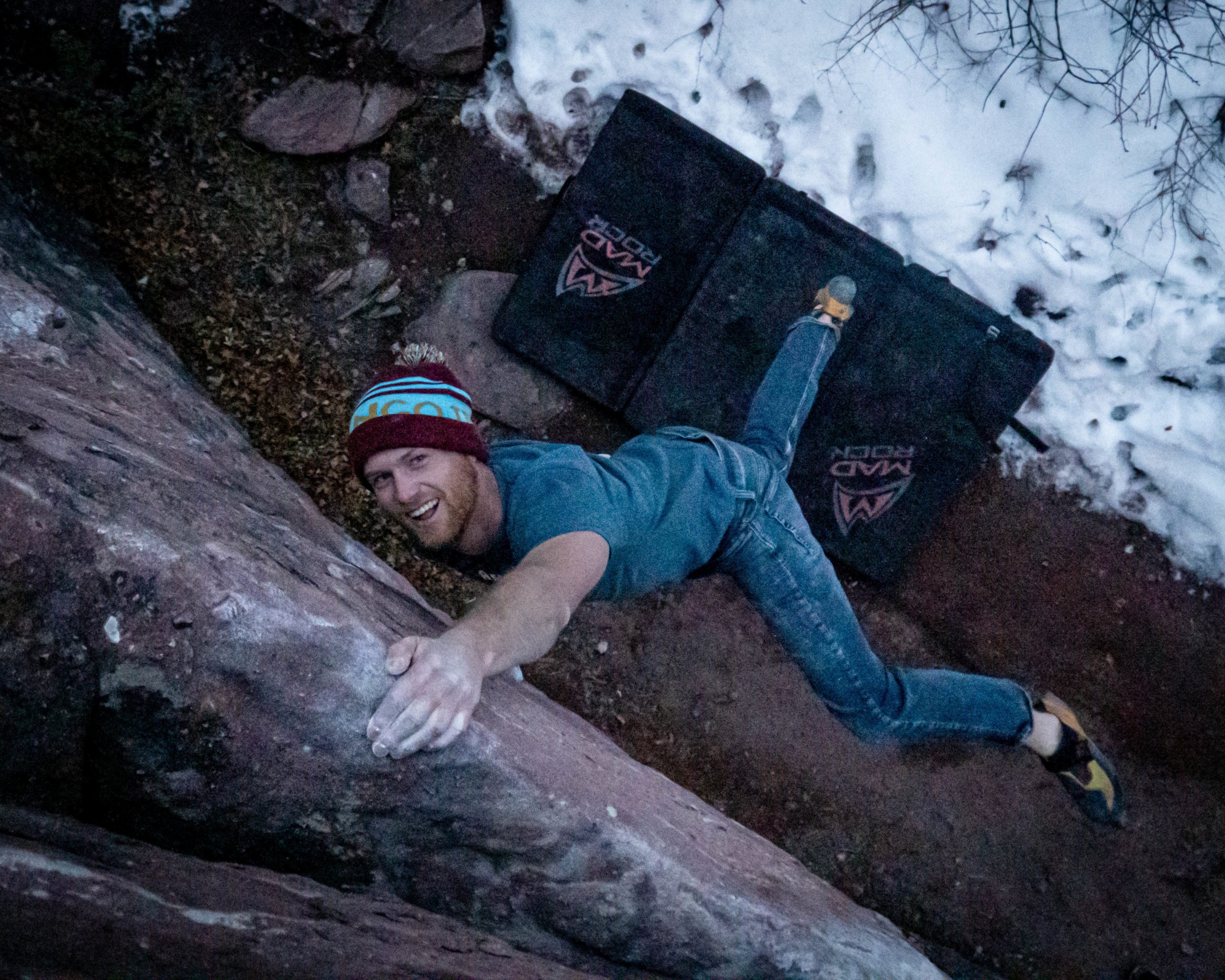
Devon Dennis comfortably lapping a project from 2021: “The Golf Ball” V5 on his first session of the 2022 season.
PH: Corianne Lambert
Experienced Climbers
I myself, a seasoned climber, often find myself in a similar predicament. All winter I train in the climbing gym. When springtime comes, I can’t wait to get back on the rock and see if my training pays off. For a session or two I am often pleasantly surprised by my progress. Maybe I send (successfully complete) boulders that I was struggling on the year before. I find myself with a new confidence that leads me to start to project (work on) even harder routes. That confidence then quickly wanes and I find myself getting frustrated as I begin a new struggle. `
What is the answer for both the newbie and the overly confident gym rat? Climb more! Get some mileage in!
Both climbers are in new environments which their body and mind are not yet accustomed to. Whether you have never been climbing or you’ve been snowed into a gym all winter, your body, mind and skin do not have the endurance you might think they do.
Learn To Climb On Stress Free Rock
Imagine surfing for your first time in waves that are not beginner friendly. There’s a good chance that a wave could hold you down underwater. If this were to happen to Kelly Slater, a pro surfer who has competed at a world class level for over 30 years, he will most likely remain calm. Once he surfaces he’ll continue to paddle out. If it was your first time on a surfboard you probably would not react as calmly and it might be your last day surfing.
We need to be able to practice climbing over stress free terrain without tiring ourselves out in a few short moves. If a seasoned climber in my situation is following a periodized (seasonal) training plan, they should take advantage of those first few “feel good” sessions. This “Performance Phase” only lasts a few weeks then we must start a new periodized training plan as soon as the “feel good” starts to wane. In the beginning of this new season we climb a lot at grades well below our limit.
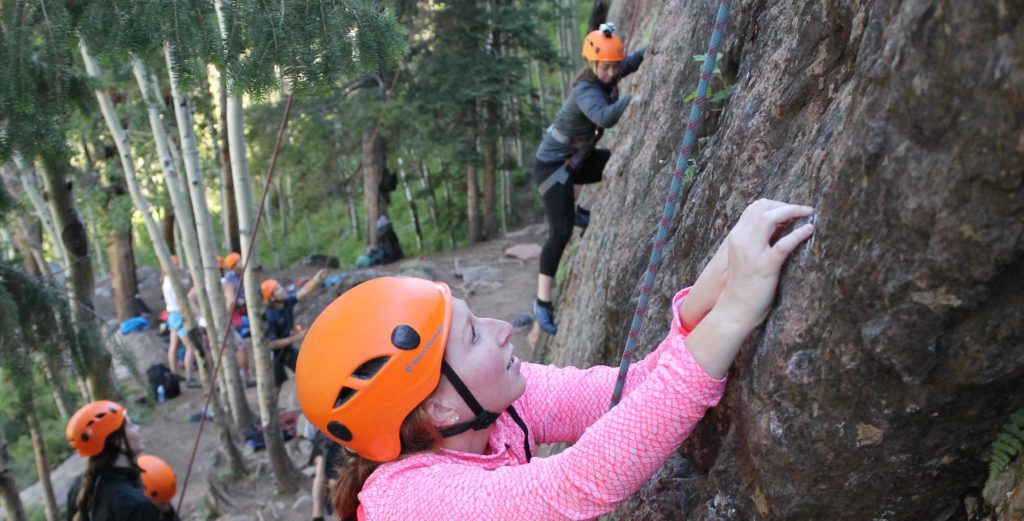
Climbing at Roof Rock.
PH: Scott Smith
Leaving a session feeling completely destroyed isn’t always a bad thing. There is a time and a place to climb on something much harder than anything we’ve ever tried before. However, the first time climbing is not necessarily the time or place. After guiding many weightlifters I can almost guarantee your limiting factor will not be strength your first day climbing. Skill and mental stability on the rock goes a lot further than pure upper body strength.
Priority: Social Media
What can tend to happen to both experienced and inexperienced climbers is that we realize the most important aspect of climbing is keeping our instagram on point. Unfortunately, nobody wants to see the hard work put into successful sends on instagram. Fortunately for newer climbers, your friends probably don’t understand climbing grades. You could immediately jump on harder climbs where you might try hard for a few seconds leaving little time for the photographer. Another option is to lap the easy route, gaining experience and looking more comfortable each lap. This gives the photographer plenty of time to get the perfect angle and the shot that is sure to blow up your instagram.
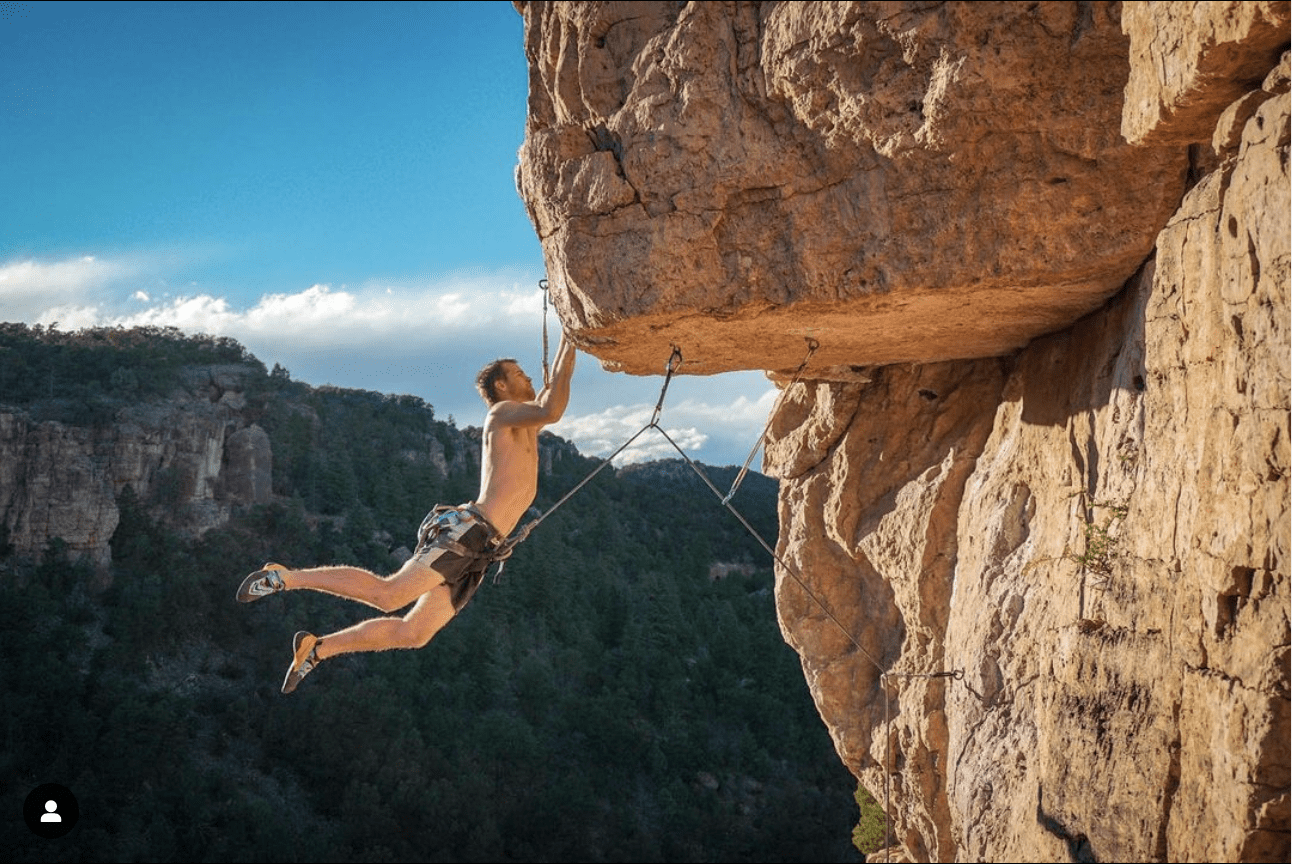
Devon Dennis on “Number 1 Superguy” 5.11a.
PH: Amy Pizarro-Griffiths
Apex Mountain School Climbing Experience
I asked a client of mine, Maru, if I could tell her story in this article and she loved the idea of sharing her experience. Maru was a relatively experienced climber. She owned shoes, knew how to tie a figure eight knot and how to belay. She previously researched the crag and knew which routes she wanted to get on.
Maru wanted to warm up with a route rated 5.6 (YDS), a route we usually take never-ever climbers to. After the warm up there were two 5.8’s (slightly harder climbs) she wanted to get on.
I set up a top rope for Maru on the 5.6 and she proceeded to climb the route relatively quickly. She did not fall on the climb, but I could tell she was hesitant and shaky. The climb did not look like the comfort level we seek for a warm up route. Once she reached the top I lowered her and she was out of breath.
Repeat The Warm Up Climbs
Maru asked “Should we move on to the 5.8?” I responded “If you want to, but I have no problem belaying you on this route again, I usually like to repeat my warm ups to make sure I feel comfortable on the rock.”
She took my advice and climbed the route again this time looking much more confident. Upon finishing the climb, I asked if she’d like to try climbing down the route as I did when I originally set up the equipment. She responded that she had never down climbed but she could give it a try. By this point, she had already been on the rock for over 3 minutes, which gave her heart rate time to slow down so she was methodical and took her time.
Mock Lead Climb
When she reached the bottom her breathing was controlled and she was calm. After a few minutes I said “The gear is still up on this climb, do you want to try a mock lead?” In a mock lead Maru would climb on top rope (the same method used for her first two laps). This time there would be a rope trailing from her, not attached to anything, but simply tied to Maru. With this auxiliary rope she can practice clipping into the gear on the wall, as if she were leading. After I explained what a mock lead is, she was up for the challenge.
All too often, new climbers will attempt their first lead route on something they are not comfortable on, or they could try it too early in their climbing experience. Their heart rate is accelerated, they are terrified of climbing and usually have trouble figuring out how to clip their rope into the carabiners and falling. This is not necessarily the most beneficial or safest approach. Falling and struggling to clip the rope is not something that needs to happen when lead climbing for the first time. Often it results in a negative experience leaving climbers reluctant to lead again or worse.
Mock leads require the climber to spend a lot of time with the carabiners, often more time than a normal lead climb. When Maru went up she had to get into a comfortable position to manage the carabiners then do the same on the down climb. All of this repetition gives plenty of practice to learn the new skill.
Mileage Leads To A Great Time On The Rock
Finally after her third lap on the “warmup” I said she looked very comfortable on the route, she might as well attempt her first ever lead climb. She accepted the challenge and climbed on lead calmer and more confident than she had climbed all of the other laps.
Stoked, we spent the rest of the afternoon using the route to take banger photos for instagram.
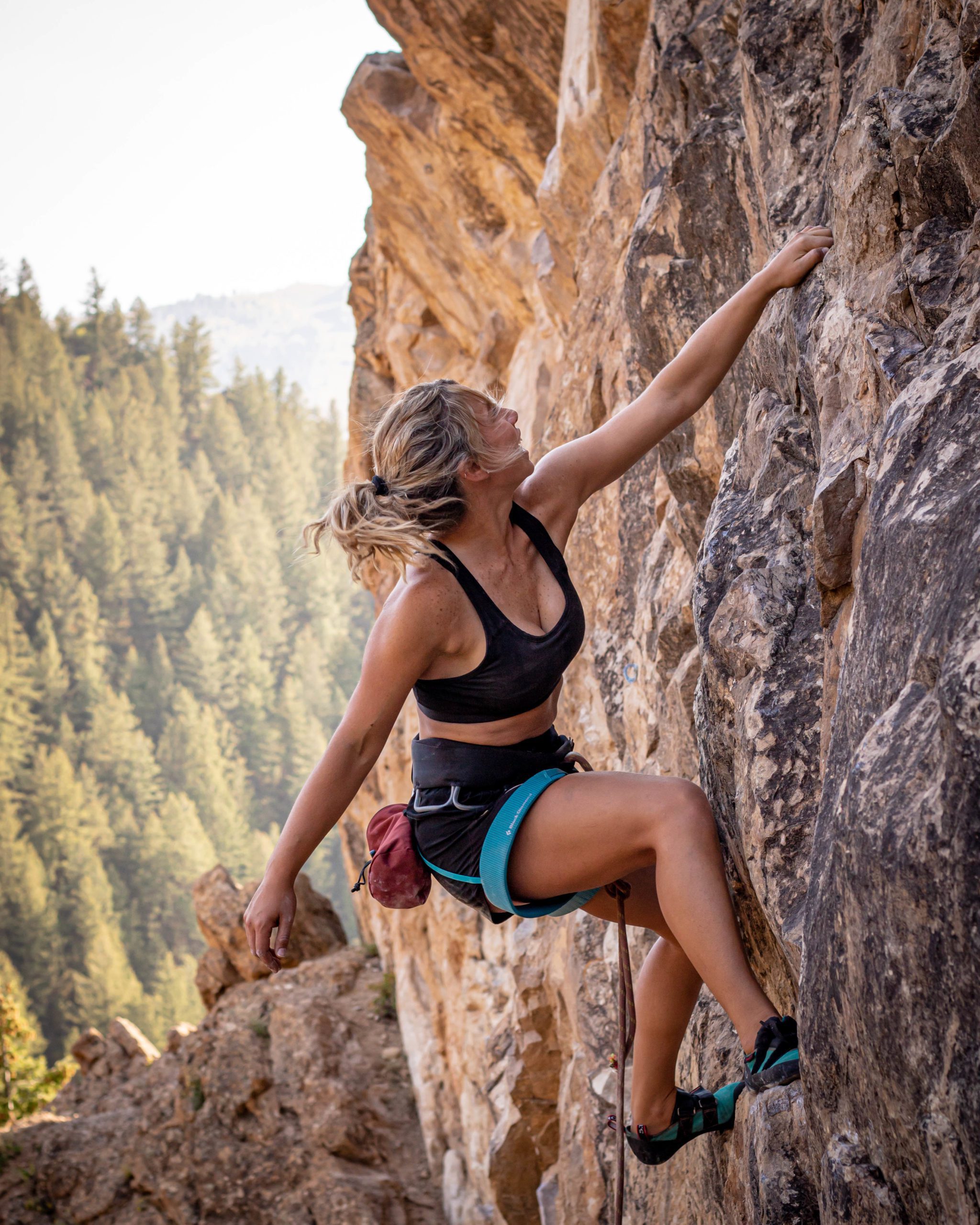
Maru Minghinelli a few feet off the ground on “Flake Armor” 5.6.
PH: Devon Dennis
Everyone can learn from lapping easier terrain. There is a time and a place to push ourselves in order to reach our potential, however, it shouldn’t be every time we touch rock. Climb more, get comfortable, then take badass pictures for instagram. You will learn more and most importantly: have a great time out on the rock.


